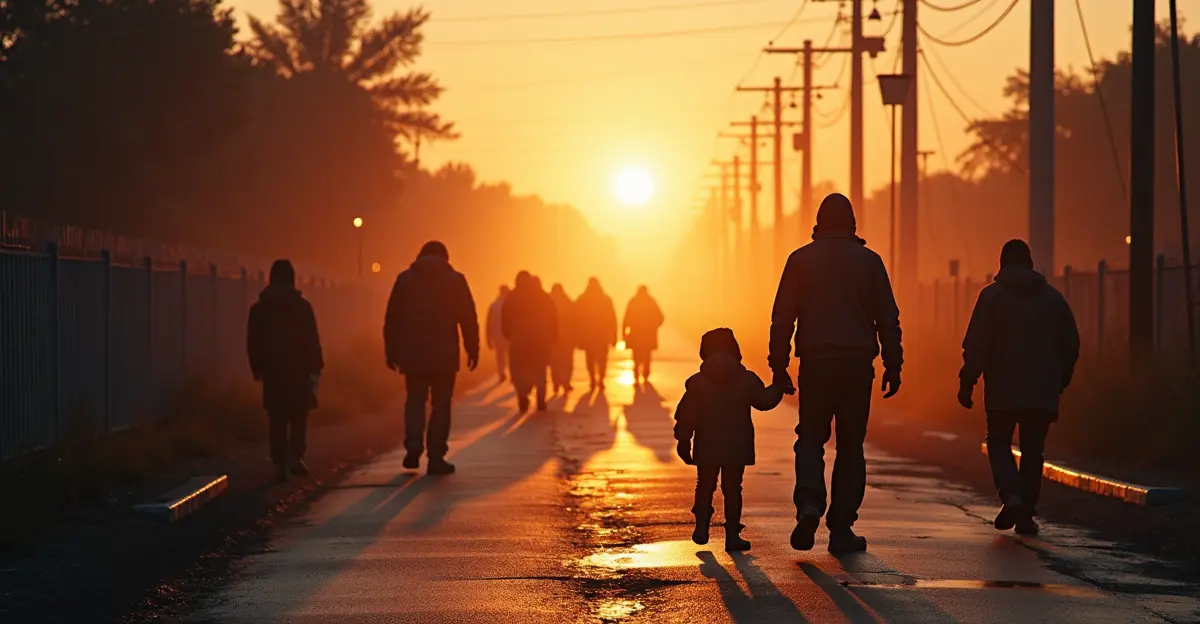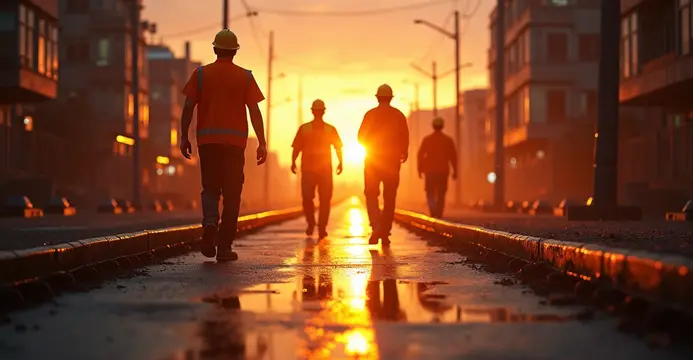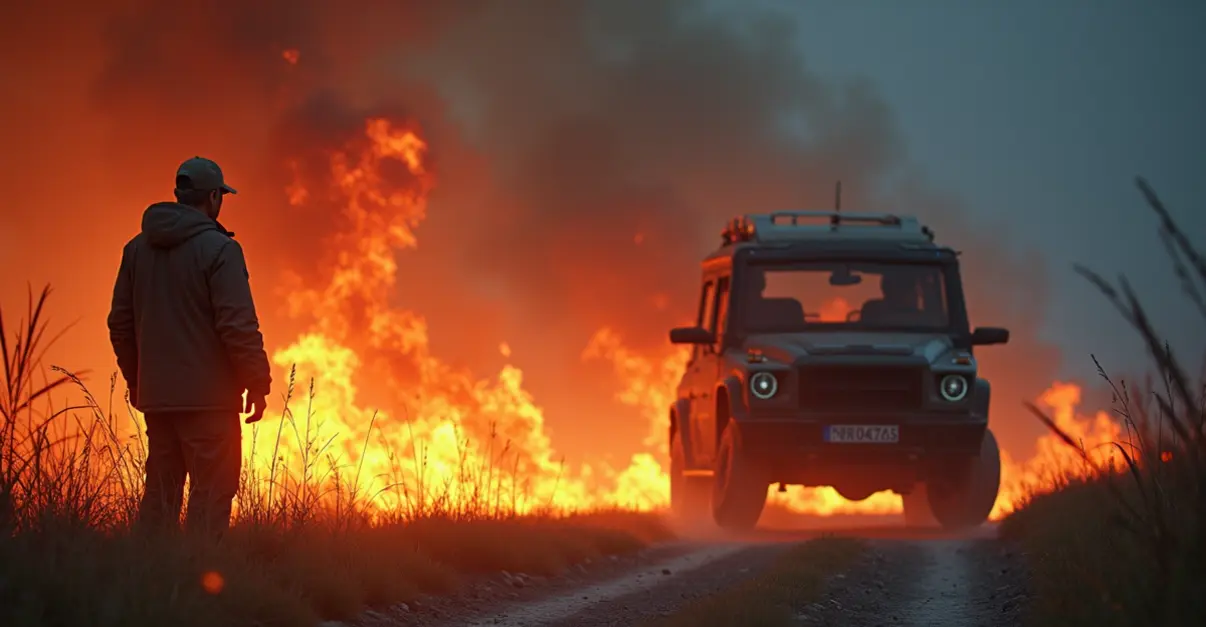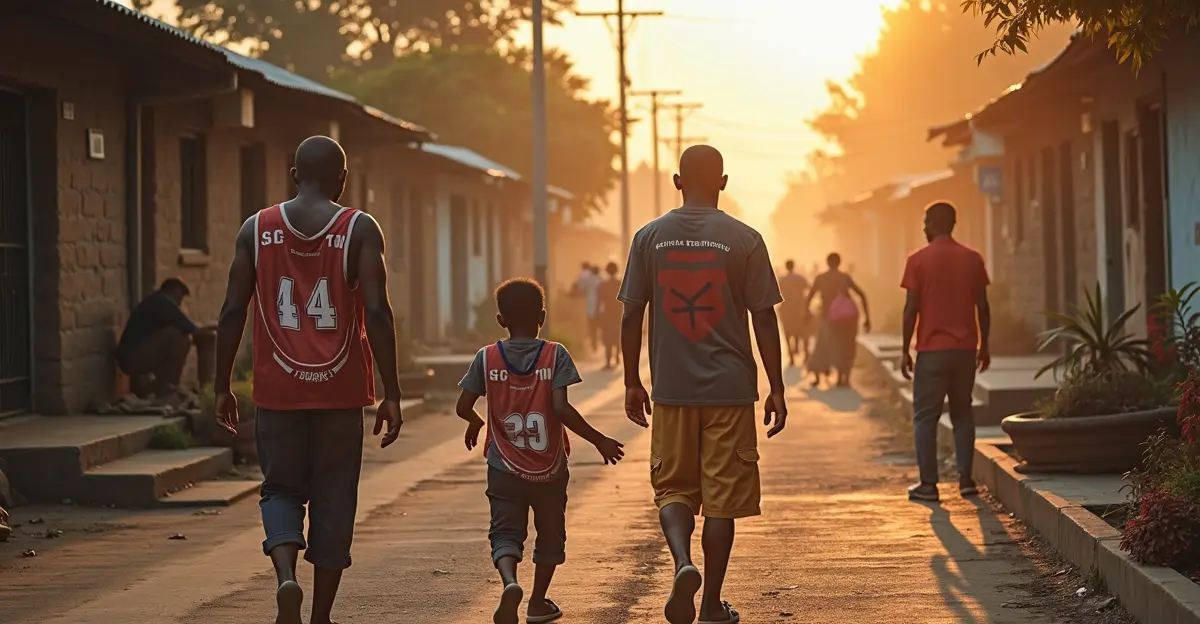WHO issues urgent heat action guidance for municipalities to protect vulnerable populations as 2024 becomes hottest year on record. Focus on outdoor workers, elderly, and children with comprehensive response plans.

Global Health Crisis Demands Immediate Municipal Response
The World Health Organization (WHO) has issued urgent new guidance to help municipalities worldwide combat the escalating threat of extreme heat, with 2024 recorded as the hottest year in history and temperatures frequently exceeding 40°C. The joint WHO-World Meteorological Organization report emphasizes that approximately half the global population now suffers adverse health effects from high temperatures, creating an unprecedented public health emergency that requires coordinated local action.
Vulnerable Populations at Greatest Risk
The guidance specifically targets vulnerable groups including outdoor workers, elderly residents, children, and those with chronic health conditions. 'Over 2.4 billion workers are exposed to excessive heat globally, resulting in more than 22.85 million occupational injuries annually,' states Dr. Maria Neira, WHO Director of Environment, Climate Change and Health. 'We're seeing worker productivity drop 2-3% for every degree above 20°C, creating both health and economic crises.'
Municipal Action Framework
The WHO recommends municipalities implement comprehensive heat action plans including early warning systems, cooling centers, and targeted outreach to vulnerable communities. Key strategies include developing heat-health policies, improving urban infrastructure with cool surfaces and green spaces, and establishing emergency response protocols. 'Cities like Phoenix could save $280 million annually by installing cool roofs on just one-third of structures,' notes climate resilience expert Dr. Sarah Johnson. 'This isn't just about comfort - it's about survival and economic stability.'
Worker Protection Measures
For outdoor workers in sectors like agriculture, construction, and fisheries, the guidance calls for mandatory rest breaks, access to shade and water, and flexible work schedules during extreme heat events. The report highlights that heat-related injuries and fatalities are preventable with proper planning and implementation of occupational heat standards.
Community Outreach Strategies
Municipalities are urged to develop multilingual public awareness campaigns, establish neighborhood check-in systems for elderly residents, and partner with community organizations to reach isolated populations. The guidance emphasizes that effective heat response requires collaboration across government agencies, healthcare providers, and community groups.
With projections showing heat-related events costing the U.S. economy $100 billion annually and potentially reaching $500 billion by 2050, the WHO's guidance provides a critical framework for municipalities to protect their most vulnerable residents while building climate-resilient communities. The full report and implementation toolkit are available through the WHO official website.

 Nederlands
Nederlands
 English
English
 Deutsch
Deutsch
 Français
Français
 Español
Español
 Português
Português









